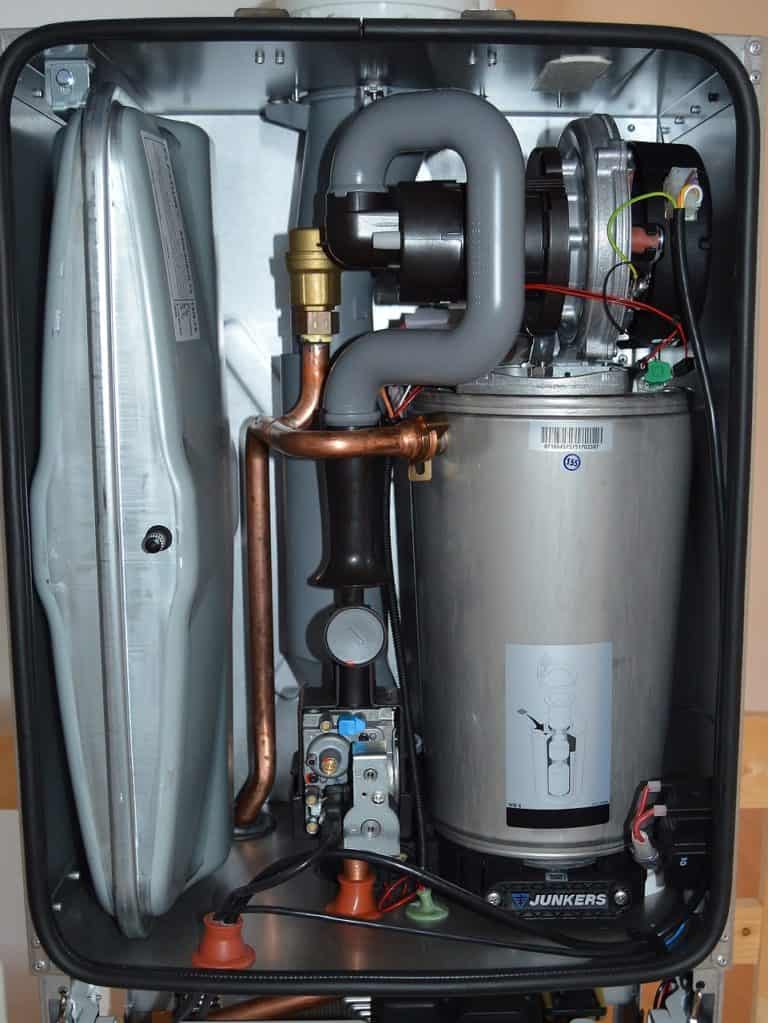Biomass stoves: The future of sustainable cooking
Cooking over an open fire is a long-standing tradition that stretches back through history. However, its popularity in modern society weakened due to technological advances.
But recent research has revealed the potential of biomass stoves to provide a more sustainable and healthier alternative. This can restore their appeal by providing benefits to both people and the environment.
We’ll explore why biomass stoves are becoming the future of sustainable cooking. We will also look at their ability to reduce air pollution levels caused by traditional cookstoves for households.
Outline
- What are biomass stoves
- Cooking more sustainably
- Some key components of biomass stoves
- Cost-saving advantages
- Safety tips
- Finding quality suppliers
What are biomass stoves?
Biomass stoves are an innovative green technology that provide a number of benefits to those who use them.
Using wood or other forms of biomass, these stoves operate more efficiently than traditional stoves. It reduces the time and energy spent gathering fuel or powering a traditional stove.
By burning the fuel more completely, biomass stoves emit fewer pollutants into the environment, making them much more eco-friendly.
In addition, these stoves require less maintenance than a regular stove and can easily be converted from traditional combustible fuels to solid biomass fuels like sawdust or agricultural waste.
Finally, using solid biomass as a fuel type reduces dependency on fossil fuels. It also gives rural populations access to reliable, cost-effective cooking methods.
Cooking more sustainably
Cooking sustainably doesn’t have to be an arduous process, not with energy-efficient biomass stoves.
They are designed to heat your food quickly and evenly while consuming fewer resources such as electricity or natural gas. This can lead to lower costs and better environmental impact.
Not only can you save money on energy consumption, but the convenience these stoves provide helps reduce time spent in the kitchen preparing meals.
With a wide range of choices available, it’s easier than ever to find something that suits your cooking style and provides a greener way of living in the kitchen.
Some key components of biomass stoves
Key components of a biomass stove include the hopper, burn chamber walls, firebox, heat exchanger, ash racks, chimney, and control systems.
The hopper holds the fuel and is usually made from metal or ceramic material in order to tolerate high temperatures. The inner burner is designed to hold burning fuel for maximum efficiency.
The heat exchanger transfers some of the heat of combustion up through the chimney for better air circulation and temperature performance. The variable speed blowers aid in controlling emissions.
The firebox is where combustion takes place and has been designed for clean burning with a relatively low emission rate.
Finally, thermal control mechanisms such as regulators help maintain a consistent temperature throughout all phases of operation.
Together these components make biomass stoves an efficient and cost-effective energy source.
Cost-saving advantages of biomass stoves
A biomass stove is a great way to make your daily cooking activities more efficient and cost-effective. It can save you money on energy bills and provide other financial benefits.
The fuel used in these stoves is renewable, sustainable, and inexpensive compared to conventional resources like firewood or charcoal.
Furthermore, the smoke produces by a biomass stove is less toxic than that of traditional cookstoves, reducing emissions and improving air quality.
They are also easier to install than many alternatives because of their relatively lightweight build and quick setup process.
All in all, using a biomass stove offers economical advantages for both individuals and businesses alike.
Safety tips for cooking with biomass stoves
Cooking with biomass stoves is cheap, efficient and convenient. However, it also has its dangers that must be recognised and addressed.
Ensure the stove and its surrounding area is well ventilated, clean and free from combustible materials.
When refueling with biomass fuels such as firewood, you should always make sure to check the fuel before burning it in order to reduce smoke exposure.
Other important tips include keeping children away from the stove while in use. Wearing protective clothing when necessary and making sure to extinguish all fires properly.
By following these easy steps, you can help ensure a safe cooking experience with your biomass stove every time!
Finding quality suppliers near you
It is important to find a quality supplier who can provide you with the right product and advice on how to best use it.
When choosing a biomass stove supplier, consider their level of experience and expertise in working with different types and brands. This will ensure that they can provide you with the best possible advice specific to your situation.
Be sure to check customer reviews of potential suppliers and see what other customers have said about their service.
In additiona, confirm that the supplier has good after-sales support, allowing you to troubleshoot any issues without delay.
With some research and due diligence, you are sure to find a reliable biomass stove supplier near you who provides exceptional service at an affordable price.
Wrapping up
By now you have discovered many ways to save energy while cooking with biomass stoves. These stoves provide a sustainable and cost-effective way of cooking.
You can even customize your stove based on the type of wood fuel you wish to use. Furthermore, safety should always be taken seriously when using biomass fuels. Ensure to support it with proper stove maintenance which is equally important.
In all, having a biomass stove in your kitchen makes for an eco-friendly way of not only saving money but also for reducing our carbon footprint.
You should consider adding one to your kitchen if you are dedicated to harnessing sustainable energy
In this way, you will be making your contribution towards a positive environmental impact and continuing the journey for long-lasting sustainability.






